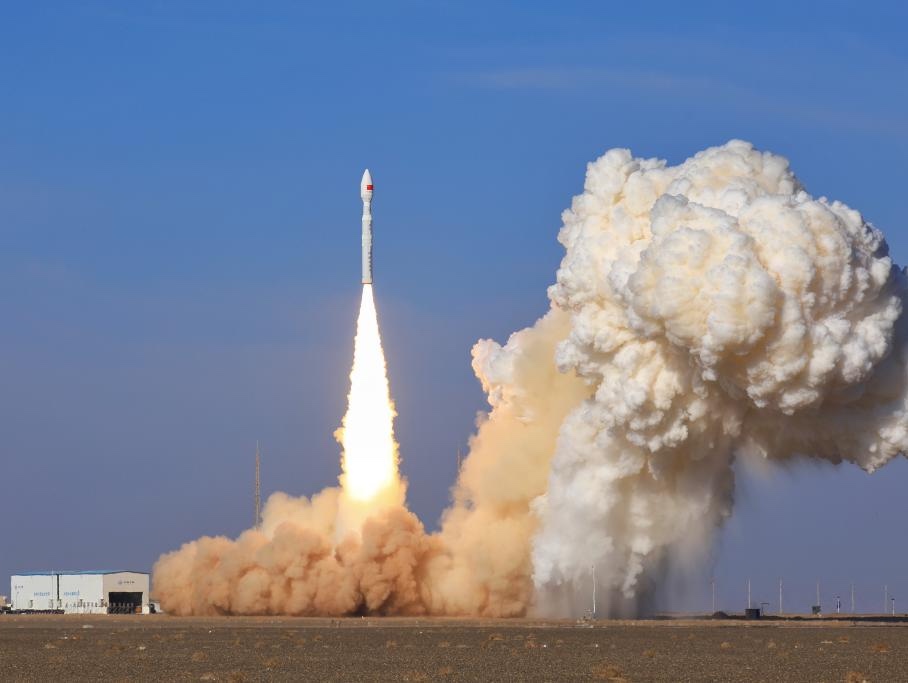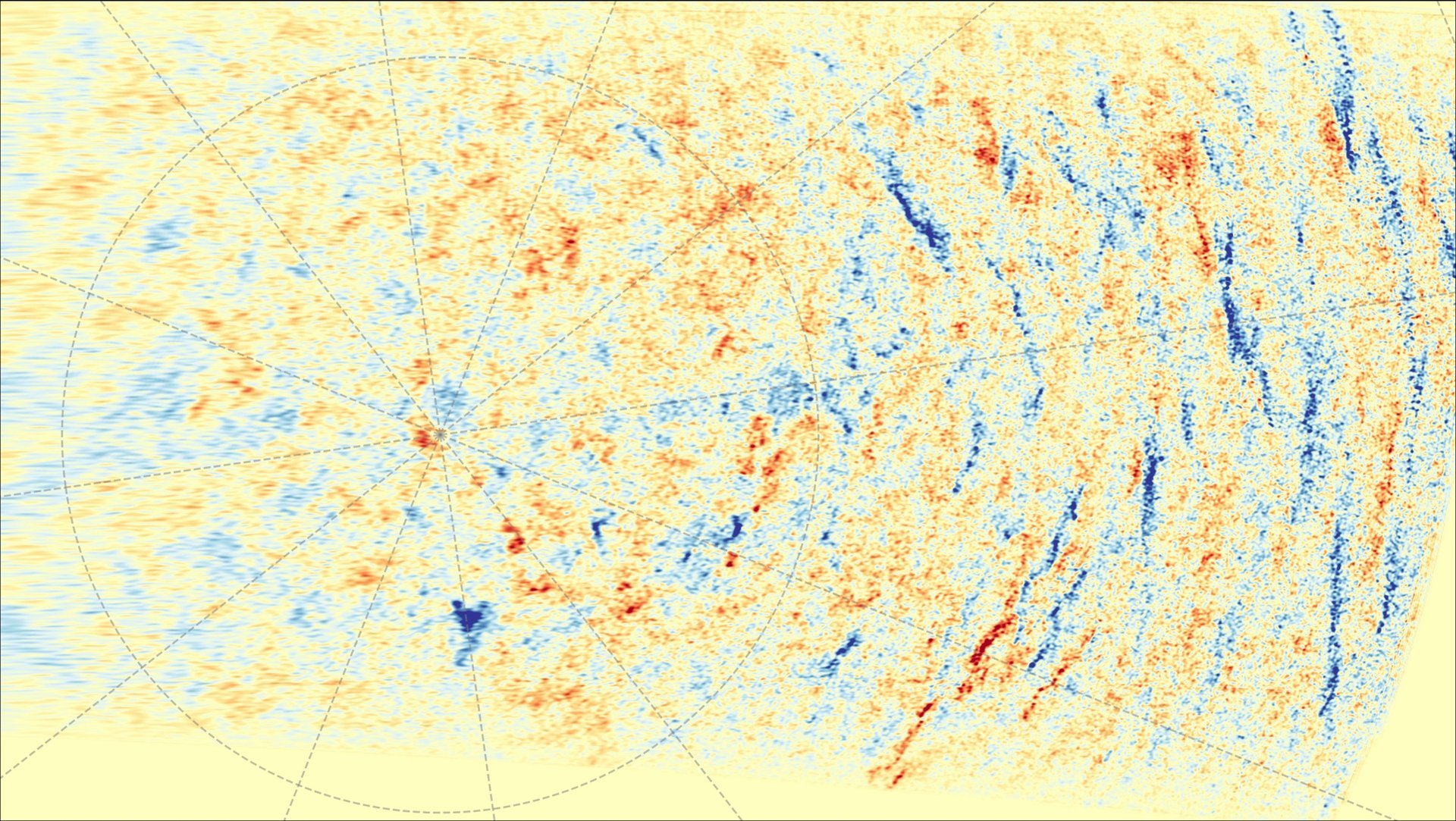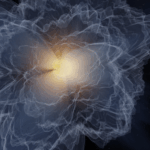Now Reading: Space Inventor Launches First Danish Arctic Satellite
-
01
Space Inventor Launches First Danish Arctic Satellite
Space Inventor Launches First Danish Arctic Satellite

BIFROST is a Danish-Swedish surveillance satellite originally developed by Space Inventor. Since then, Terma, Gatehouse SatCom, DTU, and Swedish Unibap Space Solutions have joined the development project, which is financially supported by DALO (Danish Defence Acquisition and Logistics Organisation) under the Danish Ministry of Defence and FMV (Swedish Defence Materiel Administration) under the Swedish Ministry of Defence.
After seven years of development, the satellite launched into orbit on 23 June from Vandenberg Space Force Base in California. The launch is initiated by the Danish and Swedish Defence ministries as part of the Danish government’s Space Strategy for Research and Innovation 2025–2035, introduced in 2024. The strategy highlights the Arctic as a security policy priority, where space-based technologies play a vital role in supporting the tasks of the military and emergency services. These include, for example, monitoring navigation in icy waters, search and rescue operations, and enforcing sovereignty across the Kingdom of Denmark.
The satellite represents a pioneering Danish achievement, combining state-of-the-art technologies within artificial intelligence, advanced sensor systems, inter-satellite communication, and modern satellite design. BIFROST is engineered specifically for the Danish and Swedish Defence forces and will enable space-based surveillance, target identification, and real-time event reporting in the North Atlantic and Arctic regions. Its purpose is to strengthen AI-supported situational awareness and tactical observations, improving Denmark and Sweden’s capabilities to respond quickly and share data across European and international partnerships.

- Space is an increasingly strategic domain for defence policy. This satellite launch clearly demonstrates the potential of space-based technologies to contribute to both Danish and Nordic security and defence. Denmark is highly invested in the future of the space sector, and these solutions give us the ability to monitor every corner of the Kingdom. The satellite will provide important knowledge to our armed forces. As space technologies evolve rapidly worldwide, Danish companies continue to show great innovation and ingenuity. I look forward to following this mission closely, says Troels Lund Poulsen, Danish Minister of Defence.
Space Inventor also expresses high expectations for the mission:

- Many skilled people have put in countless hours developing the BIFROST satellite, and it highlights the strength of close collaboration between the space industry, academia, and the military in both countries. With this launch, we are entering orbit on a mission to explore faster and more efficient surveillance of Greenland, the Arctic, and the North Atlantic region. The satellite is based on Space Inventor’s microsatellite platform, integrating advanced technologies for surveillance and target recognition with artificial intelligence. This creates new possibilities that neither Denmark nor Sweden have had access to before, says Karl Kaas, founder and CEO of Space Inventor, and initiator of the BIFROST satellite.
The launch from Vandenberg Space Force Base can be rewatched online. Launch time was 23 June.
About BIFROST
The BIFROST satellite is a microsatellite weighing approximately 50 kilograms with a wingspan of five meters. It carries a range of sensors capable of capturing optical images and multispectral data in the infrared spectrum. With a constellation of 20 such satellites, Denmark and Sweden would be able to monitor Arctic maritime activity 24 hours a day.
For further information, please contact:
- Morten Kaus, Head of Press, Danish Ministry of Defence:
+45 72 81 04 00 / mok@fmn.dk - Karl Kaas, Founder & CEO, Space Inventor A/S:
+45 31 20 82 10 / karl@space-inventor.com - Press service & photos: Jacob Lange, Lange PR ApS:
+45 20 76 30 20 / jacob@langepr.dk
Stay Informed With the Latest & Most Important News
Previous Post
Next Post
-
 012024 in Review: Highlights from NASA in Silicon Valley
012024 in Review: Highlights from NASA in Silicon Valley -
 02Panasonic Leica Summilux DG 15mm f/1.7 ASPH review
02Panasonic Leica Summilux DG 15mm f/1.7 ASPH review -
 03From Polymerization-Enabled Folding and Assembly to Chemical Evolution: Key Processes for Emergence of Functional Polymers in the Origin of Life
03From Polymerization-Enabled Folding and Assembly to Chemical Evolution: Key Processes for Emergence of Functional Polymers in the Origin of Life -
 04How New NASA, India Earth Satellite NISAR Will See Earth
04How New NASA, India Earth Satellite NISAR Will See Earth -
 05And Thus Begins A New Year For Life On Earth
05And Thus Begins A New Year For Life On Earth -
 06Astronomy Activation Ambassadors: A New Era
06Astronomy Activation Ambassadors: A New Era -
07SpaceX launch surge helps set new global launch record in 2024




















